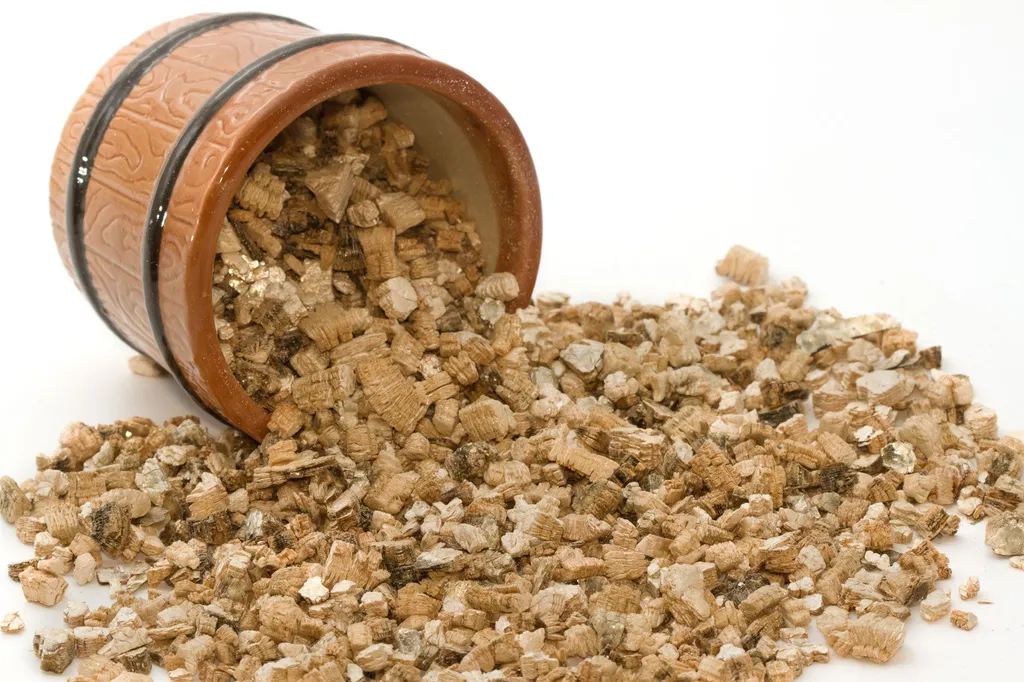Dec . 29, 2024 08:26 Back to list
Optimizing Molecular Sieve Adsorbents for Enhanced Adsorption Performance and Selectivity
Molecular Sieve Adsorbents An Overview
Molecular sieves are a class of adsorbent materials that have garnered significant attention in various industrial and scientific applications due to their unique ability to selectively adsorb molecules based on size, shape, and polarity. These porous materials are particularly valuable in processes such as gas separation, dehydration, and purification. In this article, we will explore the properties, types, and applications of molecular sieve adsorbents, highlighting their importance in today’s technological landscape.
What are Molecular Sieves?
Molecular sieves are crystalline aluminosilicates, also known as zeolites, that possess a well-defined porous structure. The pores in these materials are typically of molecular dimensions, allowing them to act as selective filters for small molecules. The sieve effect arises from the fact that these materials can discriminate between different molecules based not only on their size but also on their shape and polarity. This property makes molecular sieves particularly advantageous for separating gases and liquids in various industrial processes.
Types of Molecular Sieves
Molecular sieves are categorized primarily by their pore size, which is measured in angstroms (Å). The most common types include
1. 4A Molecular Sieve This type has a pore size of approximately 4 Å and is effective in trapping molecules with dimensions smaller than this threshold. It is often used to remove water and other small molecules from gaseous or liquid mixtures.
2. 5A Molecular Sieve With a pore size of around 5 Å, the 5A sieve can adsorb larger molecules compared to its 4A counterpart. It is frequently utilized in separation processes involving hydrocarbons.
3. 13X Molecular Sieve This sieve has a larger pore size of about 10 Å, allowing it to capture larger molecules such as heavier hydrocarbons. Its applications include air drying and natural gas purification.
4. Silica Gel and Activated Alumina While technically not zeolites, these materials function similarly and are often included in discussions of molecular sieves. They are useful for removing moisture from air and liquids.
Mechanisms of Adsorption
molecular sieve adsorbent

The adsorption process in molecular sieves typically occurs through Van der Waals forces, ion-exchange, and sometimes even through chemical bonding. The specific interactions depend on the type of adsorbate and the surface chemistry of the sieve. Understanding these mechanisms is critical for optimizing the performance of molecular sieves in various applications.
Applications of Molecular Sieves
The versatility of molecular sieve adsorbents lends to their application in multiple industries
1. Petrochemical Industry Molecular sieves are instrumental in refining processes, particularly in the separation of saturated and unsaturated hydrocarbons. They are also used to remove impurities from gasoline and diesel fuels.
2. Natural Gas Treatment Molecular sieves help remove water vapor and carbon dioxide from natural gas streams, ensuring the gas's quality and preventing corrosion in pipelines.
3. Air Separation The production of oxygen and nitrogen from air through fractional distillation can be significantly improved using molecular sieves, which selectively adsorb nitrogen while allowing oxygen to pass through.
4. Pharmaceutical Industry The molecular sieve adsorbents are employed in the purification processes of drugs, ensuring that the final products are free from impurities that could affect their efficacy or safety.
5. Food and Beverage In the food industry, molecular sieves are used to remove carbon dioxide during the production of beverages, enhancing flavor and prolonging shelf life.
Conclusion
Molecular sieve adsorbents are an essential component in diverse industrial processes, thanks to their remarkable ability to selectively absorb various molecules based on size and chemical properties. Their significance in fields ranging from petrochemicals to pharmaceuticals showcases their versatility and efficiency as separation agents. As technology advances, the development of new types of molecular sieves with tailored properties continues to open up further applications, making them a key subject of research and innovation in material science. With ongoing advancements, the role of these materials will undoubtedly expand, further solidifying their status as indispensable tools in modern industry.
-
Fe-C Composite Pellets for BOF: Enhance Steelmaking Efficiency
NewsAug.07,2025
-
Eco-Friendly Granule Covering Agent | Dust & Caking Control
NewsAug.06,2025
-
Fe-C Composite Pellets for BOF: High-Efficiency & Cost-Saving
NewsAug.05,2025
-
Premium Tundish Covering Agents Exporters | High Purity
NewsAug.04,2025
-
Fe-C Composite Pellets for BOF | Efficient & Economical
NewsAug.03,2025
-
Top Tundish Covering Agent Exporters | Premium Quality Solutions
NewsAug.02,2025
